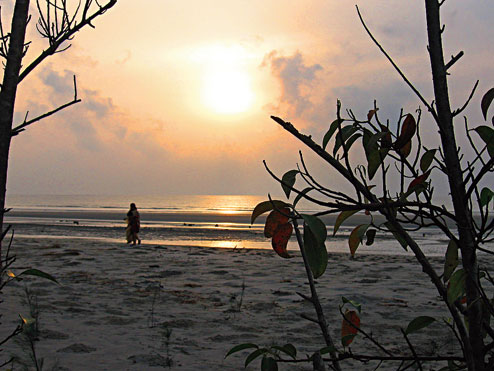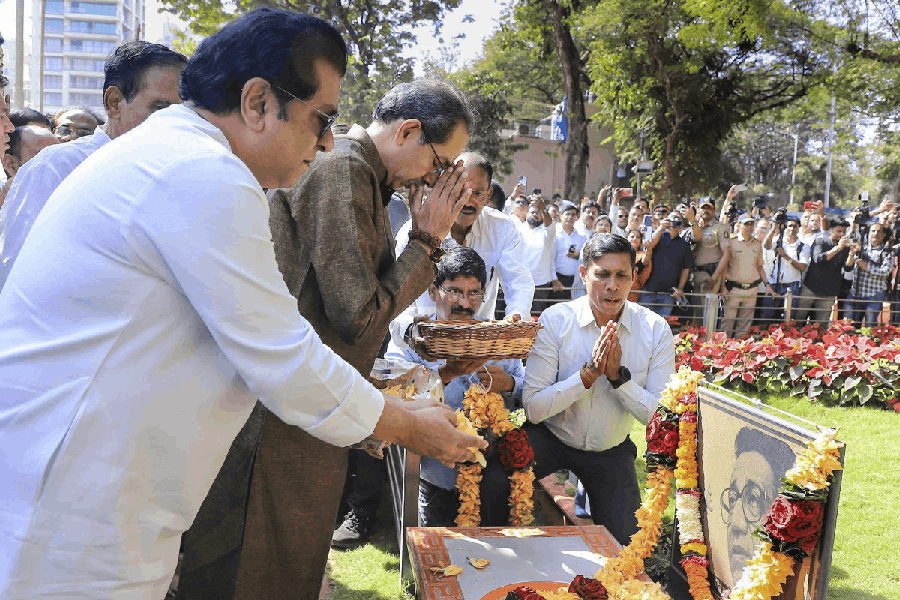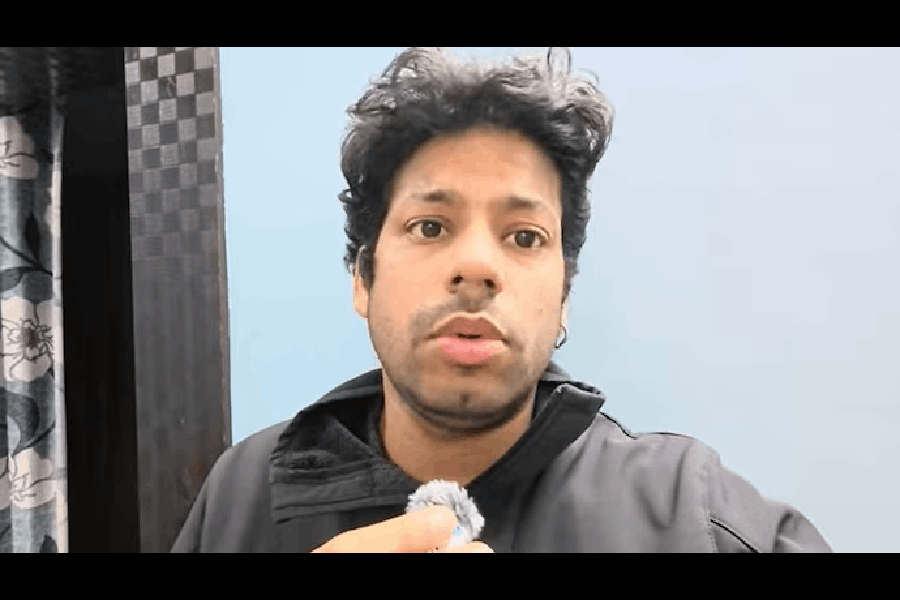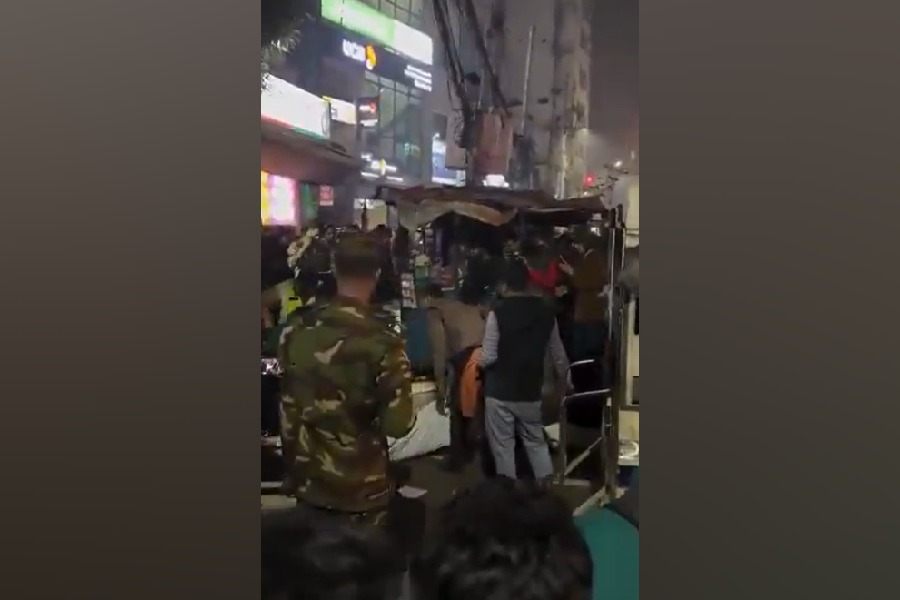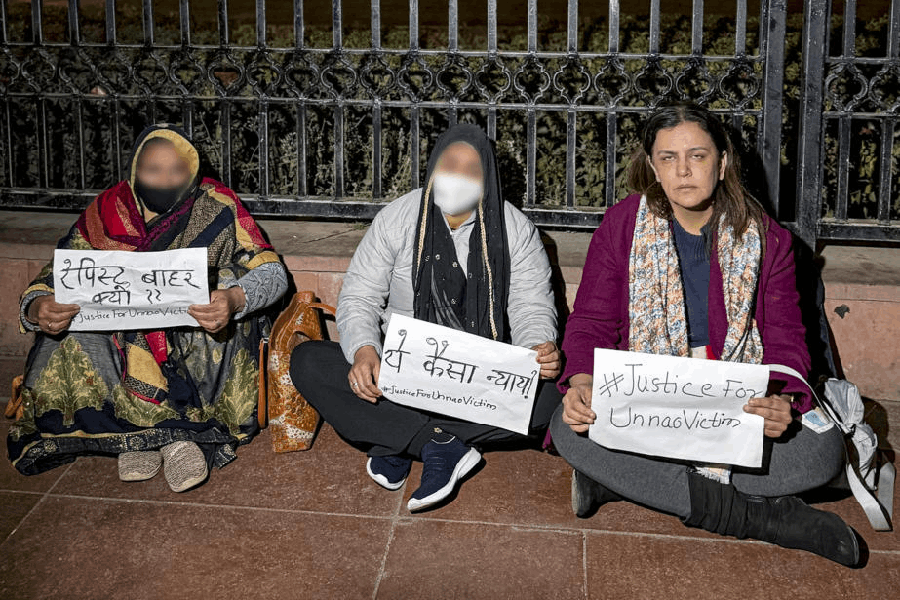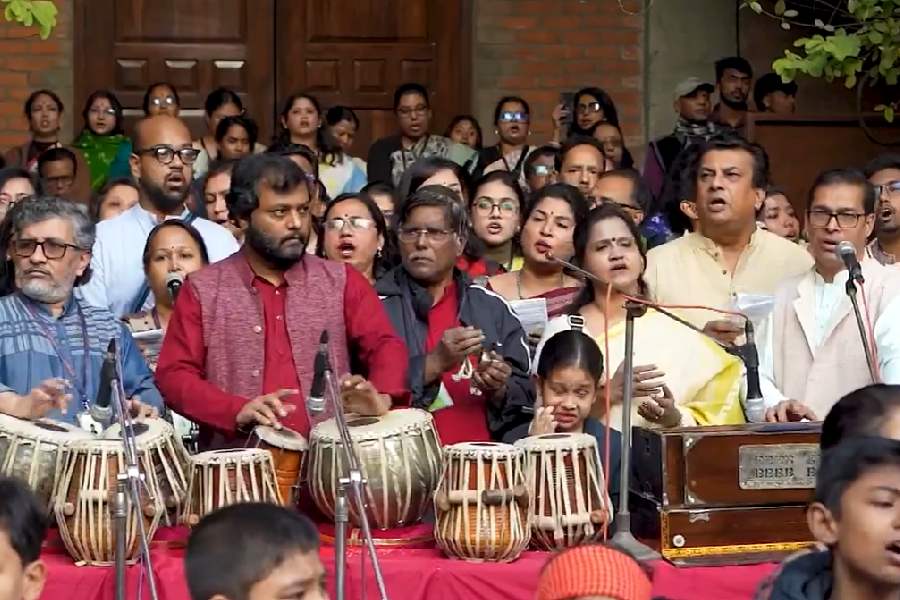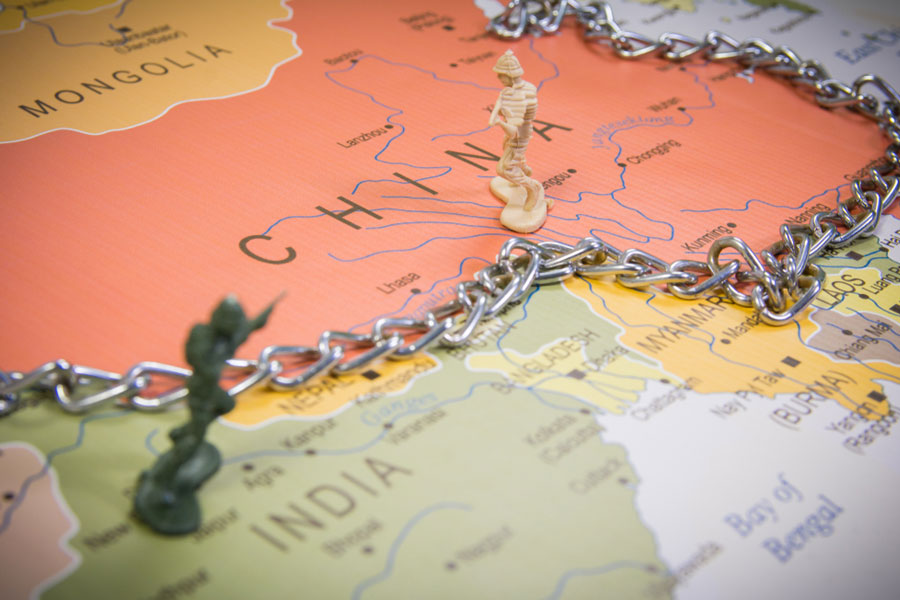This is the perfect time to enjoy the wintery sunshine. Now that colleges and schools are closed, take that day trip. Whether you are interested in history or fishes, Team YOU has a spot for you.

Henry Island, Bakkhali
Learning quotient: See how shrimps, prawn, bhetki and tangra are bred in brackish water.
• Named after some British surveyor of 19th century Bengal, the island was once the western-most extremity of the mangrove forests of the Sundarbans. The state fisheries department set up a pisciculture farm with several ponds here, and later, some cottages for tourists. The remnants of mangroves can be seen around the complex. Also, sunflower plantation on the way will give you good photo opportunities. But the most fascinating thing is the deserted muddy beach where red crabs roll out and disappear at the slightest sound of your feet.
How to go: Take a bus from Esplanade to Namkhana. Cross the Hatania-Doania creek on a ferry. From the Jetty ghat, hire a van to Henry Island, about two kilometres away. Direct buses are also available. If you go by train, take Lakshmikantapur Local from Sealdah. Get down at Namkhana.

Chinsurah, Hooghly
Learning quotient: Remains of the Dutch colonial heritage.
• The Dutch established a factory in Chinsurah in 1655, known as Fort Gustavus. The Dutch, Armenian and native Bengali merchants turned this hamlet into a prosperous trading town. Saltpetre, spices, cotton and indigo were the primary commodities traded through the 17th to 19th century. This town stood witness to the battle for supremacy amongst the French, Dutch and English. Following the Battle of Plassey and the rising fortunes of the British, the Dutch lost their grip here and were reduced to small traders in the region. The Dutch Cemetery has graves that date back to early 18th century. The Armenian Church dates back to 1692. Located at a busy crossing (Ghorir More) is a clock tower, constructed in 1914, in honour of Edward VII of Great Britain.
How to go: Local trains to Chinsurah are available from Howrah. To go around the heritage town, hire a rickshaw.

Moghulmari, Nikursini
Learning quotient: Archaeological remains of a Buddhist monastery built in early Medieval Age.
• In 1996, local schoolteacher Narendranath Biswas informed Asok Datta, a professor of Archaeology at Calcutta University about this place. Local residents had been discovering various artefacts, including medieval coins with Buddhist inscriptions, near a mound. Examination of the site by Datta revealed that the village was once a centre of Buddhist learning. Extensive excavation unearthed many human figures, including that of Buddha and Bodhisattvas, bowls, lamps, pottery shards and massive brick- walled structures decorated with stucco panels and floral motifs. The area has been cordoned off but one can still peer into the trenches and see how a lost civilisation is being rediscovered close to our home. See archaeology in action.
How to go: Take a bus or taxi from Kharagpur bus stand and get down at Monoharpur. If you can arrange a car or SUV, take National Highway 6 towards Kolaghat. After you cross Belda, look for Nikursini railway station. Moghalmari is about three kilo-metres away from the railway station.

Guptipara, Hooghly
Learning quotient: Best example of the aat-chala (eight eaves) style of temple architecture, it also has the best samples of intricate carvings on terracotta.
• The Vaishnava temple complex at Guptipara - just 75km from Howrah - is famous for its intricate carvings. The 60-foot high Brin-dabanchandra Temple, built in 1810, dominates the complex. It is flanked by the Ramchandra and Krishnachandra temples. The single pinnacled ( ek ratna) Ramchandra Temple is the most elegant structure. The single-storey temple with an octagonal turret has rich terracotta work on the walls and the turret. The carvings depict war scenes from the Ramayana, royal processions, voyages and everyday life. All the temples stand on elevated platforms and are interconnected by narrow, arched passageways.
How to go: The Howrah-Katwa Local takes two hours to reach Guptipara. The complex is a rickshaw ride away.

